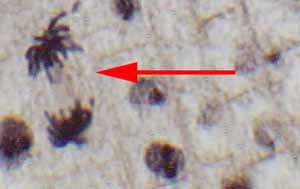| BIO372 : Biological & Ecological Implications of Sex : Benefits & Trade-offs : Lesson | ||||
| BIO372 : Biological & Ecological Implications of Sex : Benefits & Trade-offs : Lesson | ||||
I. Organisms can be composed of one cell or of many
II. Asexual Reproduction
|
 |
III. Sexual Reproduction
|
 |
When you have completed this lesson, go on to Review Questions
 Copyright 2000
Northern Arizona University
Copyright 2000
Northern Arizona University